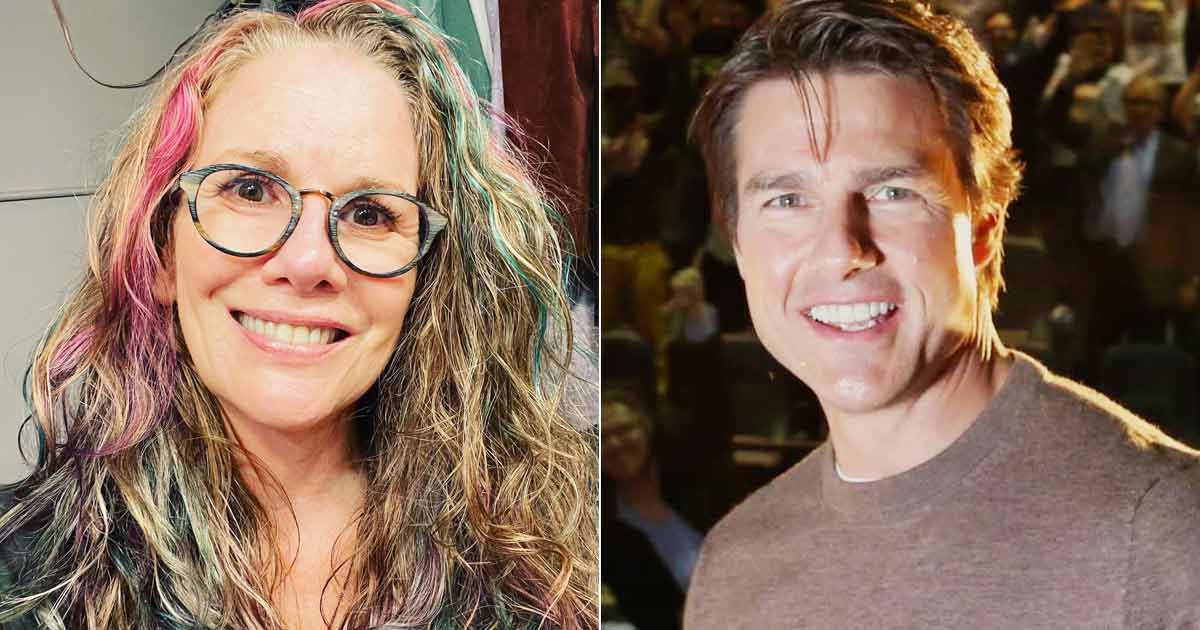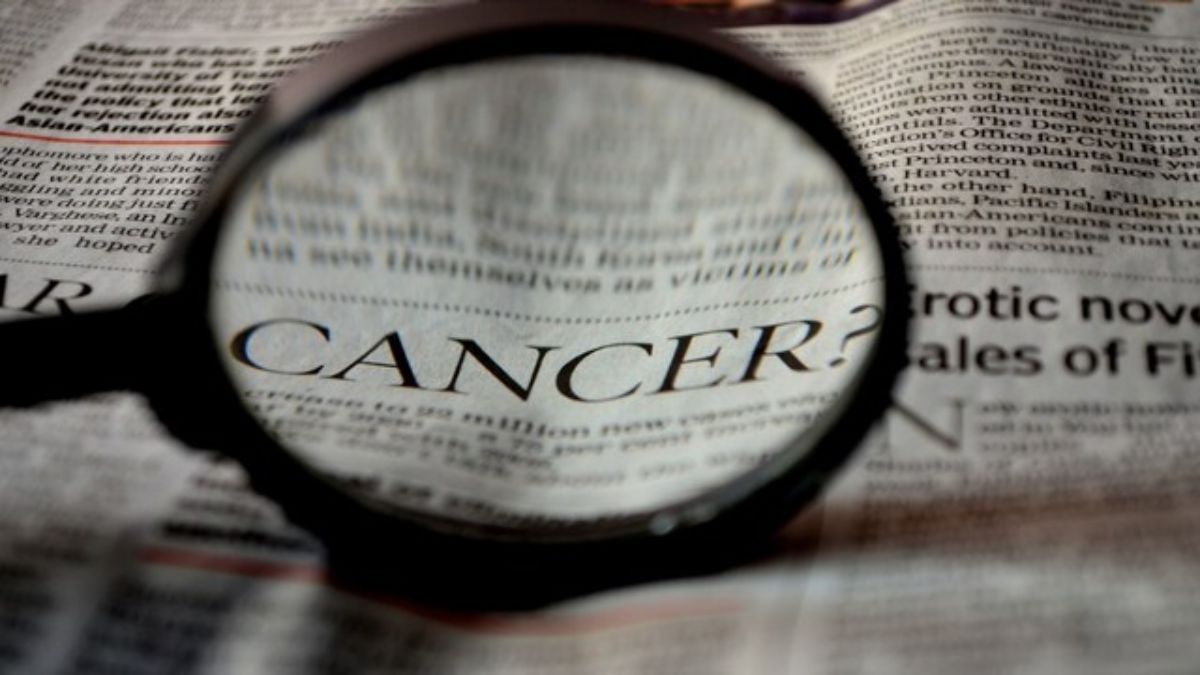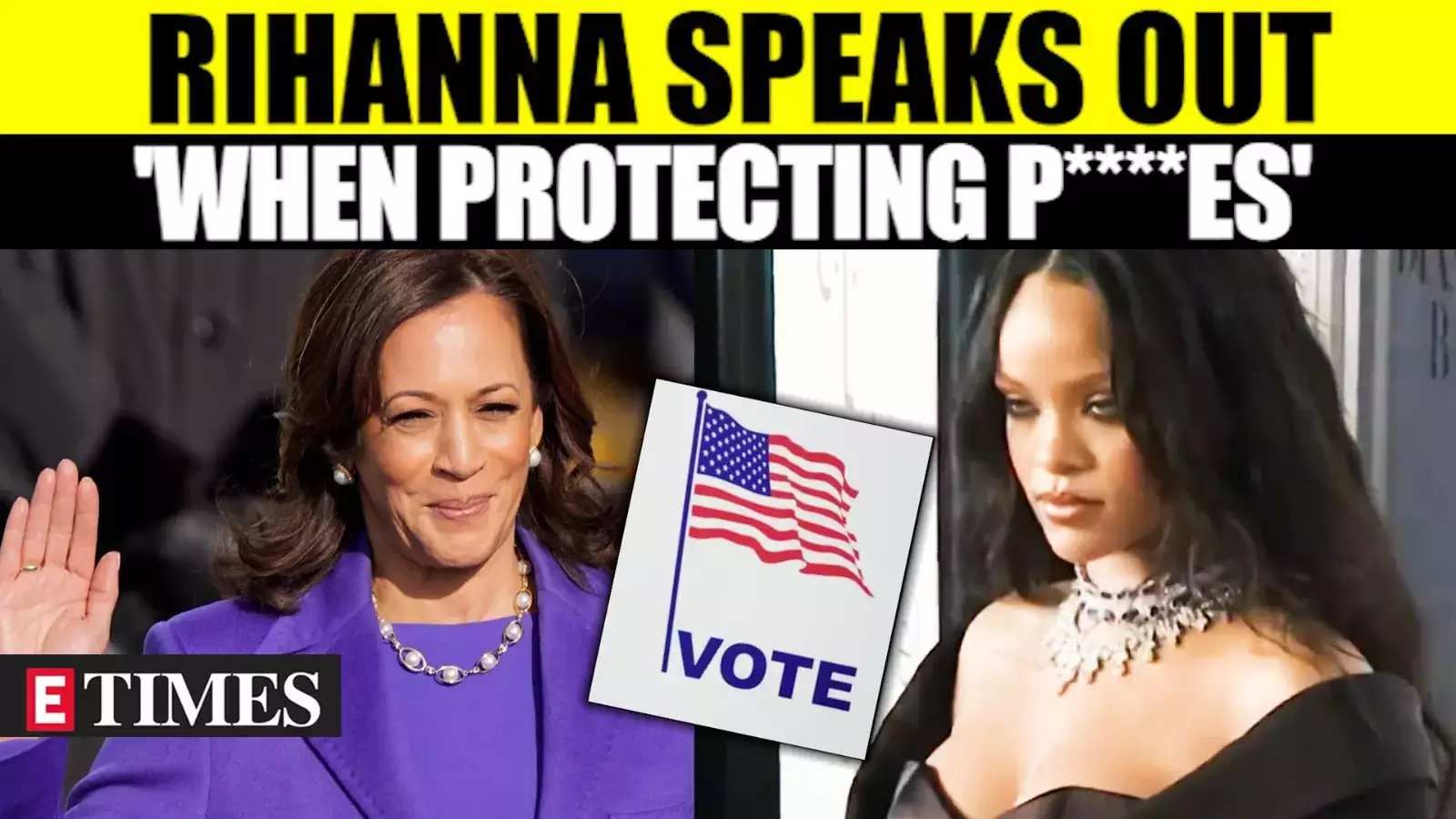The frenzy that was created by social media and some facets of mainstream media around Kate Middleton’s step back from public life forced her to post a video to share a cancer diagnosis and ongoing chemotherapy treatments. While the shock announcement rocked many, including a few high-profile celebrities and on-air commentators, the reality of her struggle has made some members of the media — as well as public relations executives, royal watchers, artists, photographers and creatives — more circumspect. Actress Blake Lively, who was among the VIPs who had made light of the Princess of Wales’ situation prior to her medical announcement, apologized in an Instagram post last week. Kim Kardashian declined to address the matter when asked about Middleton last week by a videographer.
Getting ahead of any potential dust-ups by speaking out preemptively versus after-the-fact is a wise strategy, according to Joanna Coles, Hearst Magazines’s former chief content officer who is now executive producer @theboldtypetv. Of the recent firestorm, she said, “What we learned from it and learned from it repeatedly is that it is much easier to get on top of something earlier. It doesn’t have to be long. It doesn’t have to be detailed. But when something is going wrong and the public has cottoned to it going wrong, it’s always easier just to come out to say what it is,” Coles said. “Then you don’t have to talk [about it again].”
It is just a matter of transparency, Coles said, and as a public figure, Middleton taking three months off following abdominal surgery was “very unusual,” and struck many as odd. In addition to the frenzy created on social media, there were reports of a few people trying to get access to her medical records “probably because they were being paid,” Coles said. “I think that’s probably what provoked her video.”
Given there are 18.1 million cancer survivors in North America (in 2022 based on data from the National Cancer Institute) and about 2 million people are diagnosed with it each year, the Princess of Wales’ recent admission (despite not specifying the type of cancer) could substantially help awareness about cancer and preventative screenings, Coles said. “I am sure she’ll be an enormously effective campaigner for more cancer treatment and more cancer funding.”
The idea that a well-known person is not being entirely forthcoming is not exactly a new concept. “It’s always been thus,” Coles said, “It’s always easier to just give people a sense of what it is.”
Another thorn in the situation arose a few weeks ago, when an official Mother’s Day photograph of the Princess of Wales with her three children had been flagged as Photoshopped by major news outlets days after its official release. Asked Thursday whether the recent events are likely to change how high-profile people are covered by the media, a creative, who spoke on the condition of anonymity, said, “The short answer is no. Photoshop is used all of the time, less if it’s simple documentary style. But if it’s editorial, there is Photoshop — whether taking out a pimple or swapping a head.”
He continued, “Kate was just bad [at] Photoshopping and they got called out.”
Making the point that Middleton is “liked enormously, and people are sympathetic to what she’s going through,” Coles said, “I think the British tabloids were actually respectful and were playing ball with Kensington Palace, when they had asked for Kate to be left alone. But when it became clear that she didn’t seem to have recovered as expected and there were all the [Photoshop] problems with the photo that she put out for Mother’s Day, it then became clear that Kensington Palace was obfuscating. That is really difficult to do in this day and age.”





)

